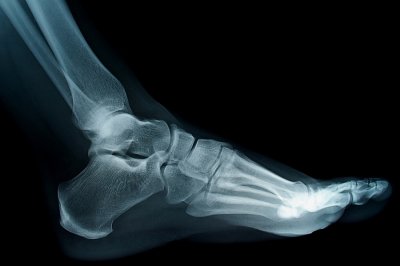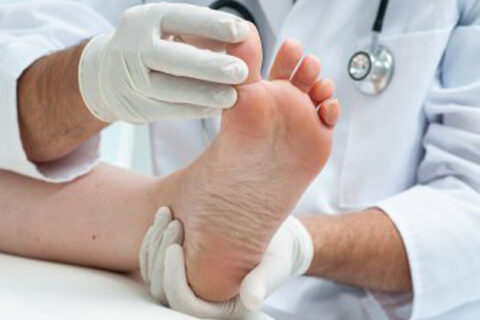The Patient’s Guide to Sesamoiditis
You may already know that most of the bones in your body are attached to other bones with strong, fibrous bands of tissue called ligaments. But did you know that there are a few exceptions? The underside of the forefoot features two very small bones, about the size of a kernel of corn. These are sesamoid bones and they are surrounded by tendons, rather than ligaments. Sesamoiditis is a type of tendinitis that involves the inflammation or irritation of these tendons. If you’ve been suffering from foot pain, consider seeing a podiatrist in Sugar Land to find out if you could have sesamoiditis or another podiatric condition.
Causes
Sesamoids have sometimes been called the pulleys of the feet. They allow the tendons to slide over the smooth surface of the bone to allow for muscle movements. Like any other bone, it is possible for the sesamoids to sustain a fracture due to physical trauma. It’s also possible for the tendons to become inflamed and painful due to repetitive strain. That’s why this type of tendinitis is most common among ballet dancers and other avid athletes.

Symptoms
Pain is the primary symptom of sesamoiditis. If you have this podiatric problem, you’ll notice that the pain is localized under your big toe toward the ball of the foot. The discomfort of sesamoiditis tends to develop over time, whereas a fracture of the sesamoid bone triggers acute pain. The pain may increase when you attempt to bend and straighten the big toe. The range of motion may be limited. It’s possible for swelling and bruising to develop, although this doesn’t occur in every case.
Diagnosis
When you visit a podiatrist, your appointment will include a physical exam. The podiatrist may move the toe or ask you to bend and straighten it. X-rays can be helpful in confirming a sesamoid fracture. In some cases, a podiatrist may request blood tests to rule out other possible causes such as gout and arthritis.
Treatments
Conservative treatment options are usually effective for treating sesamoiditis. Your podiatrist will recommend that you rest from physical activity, apply ice packs, and wear cushioning footwear. You may be advised to take a nonsteroidal anti-inflammatory drug (NSAID) or the podiatrist may inject an anti-inflammatory directly into the area.

